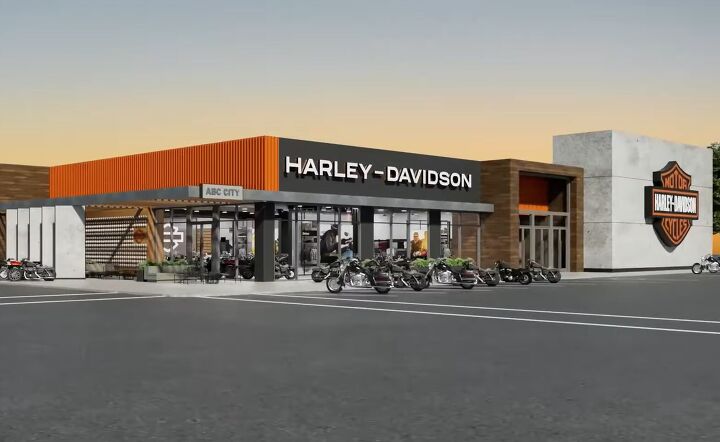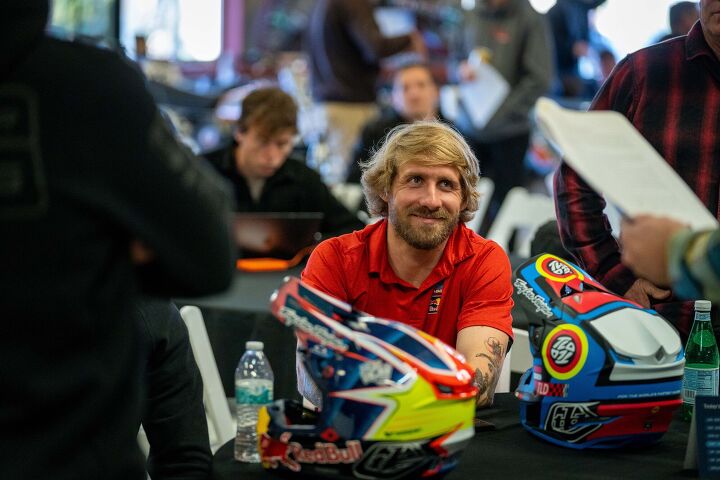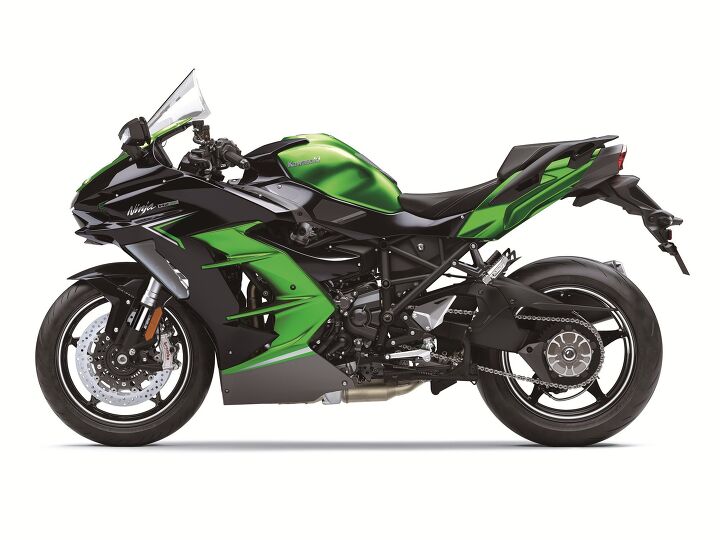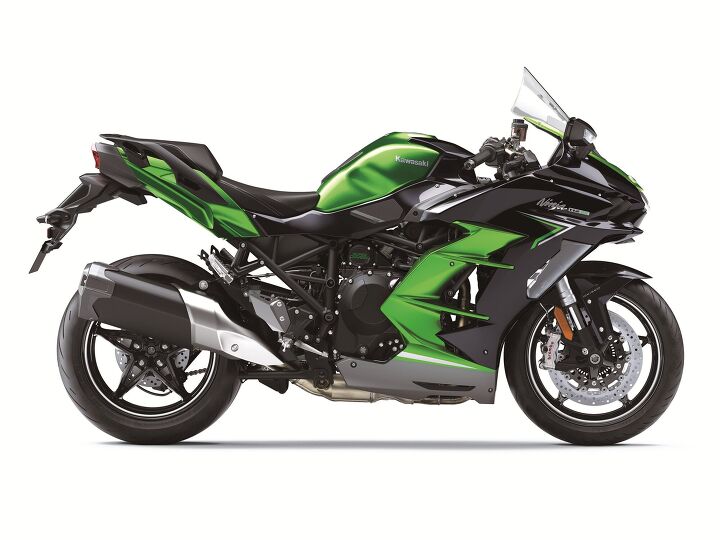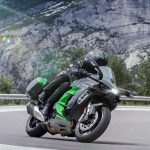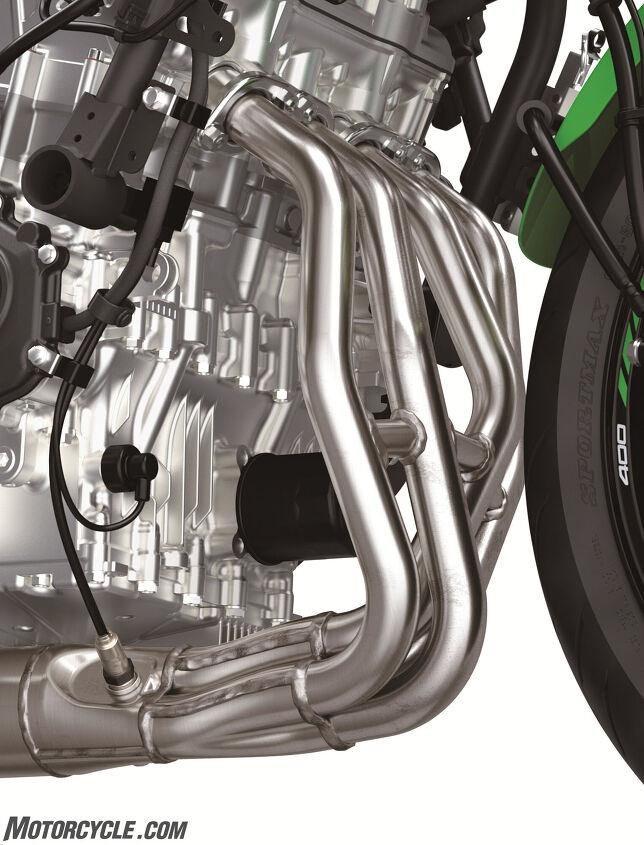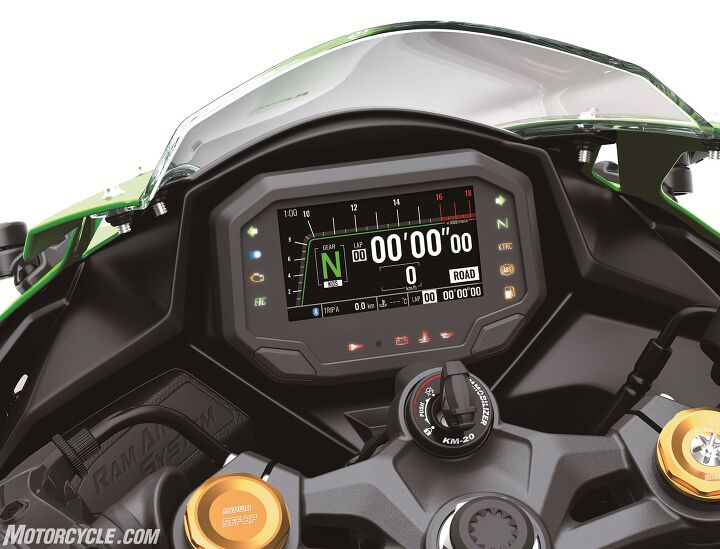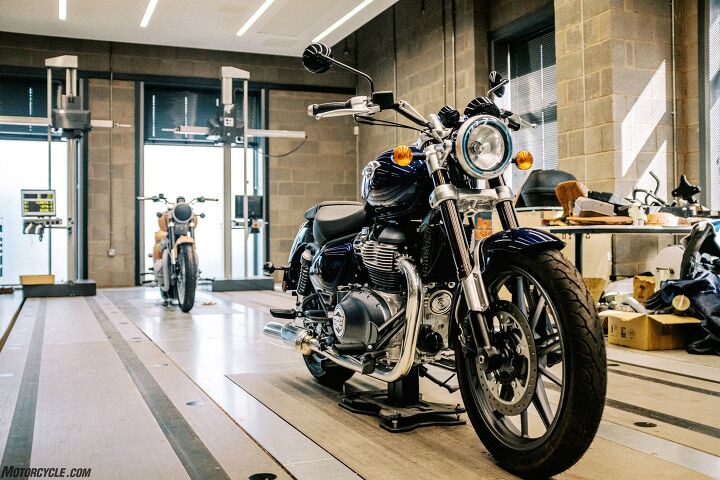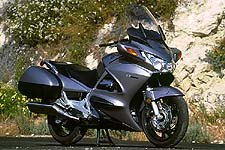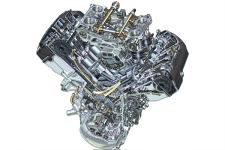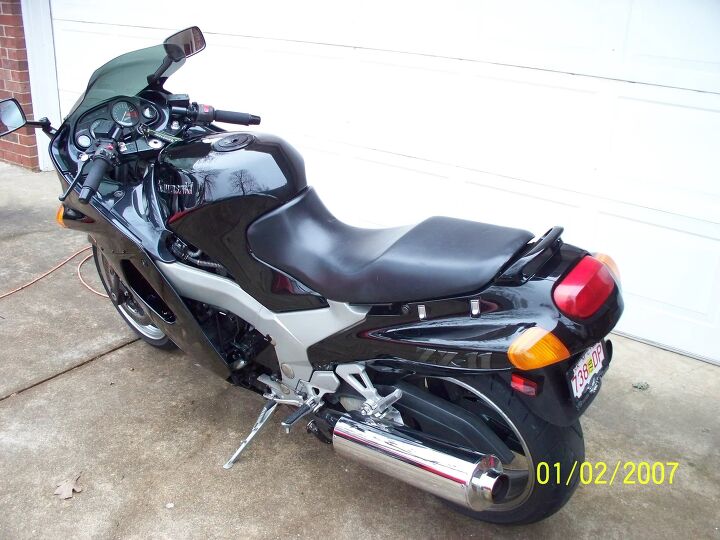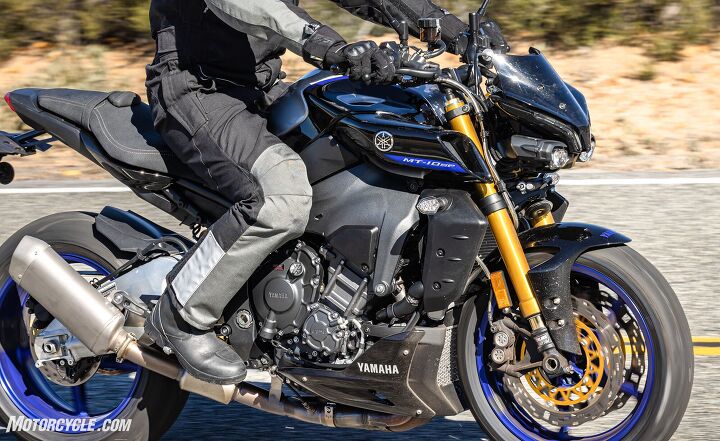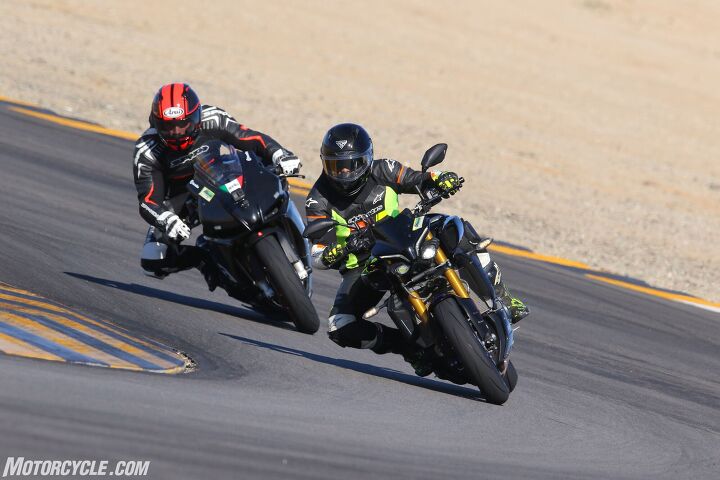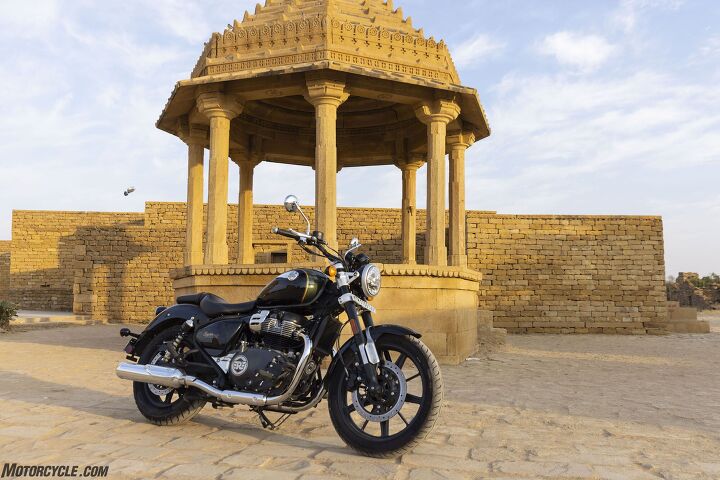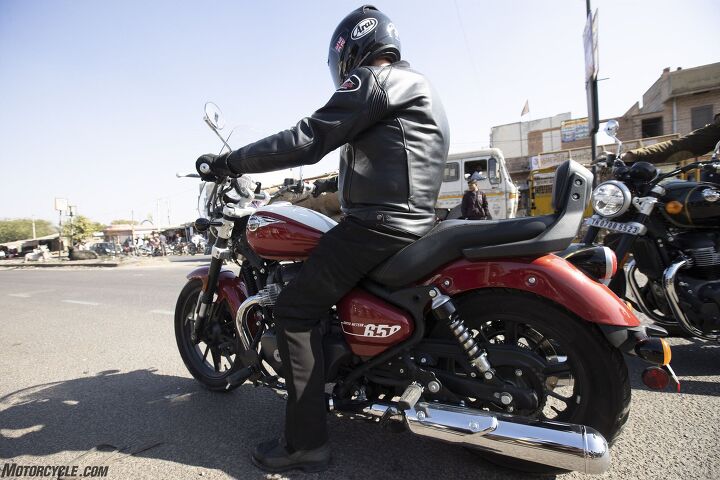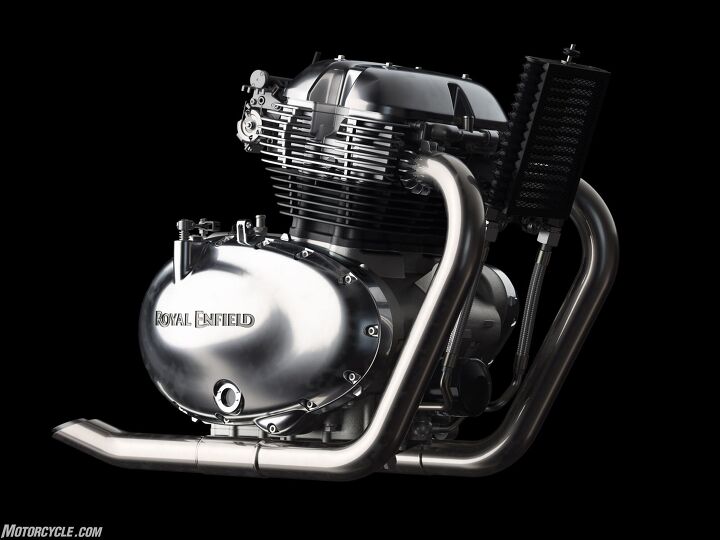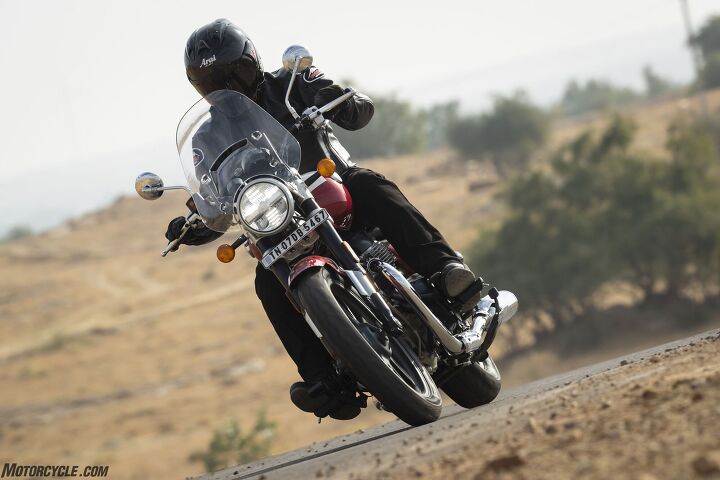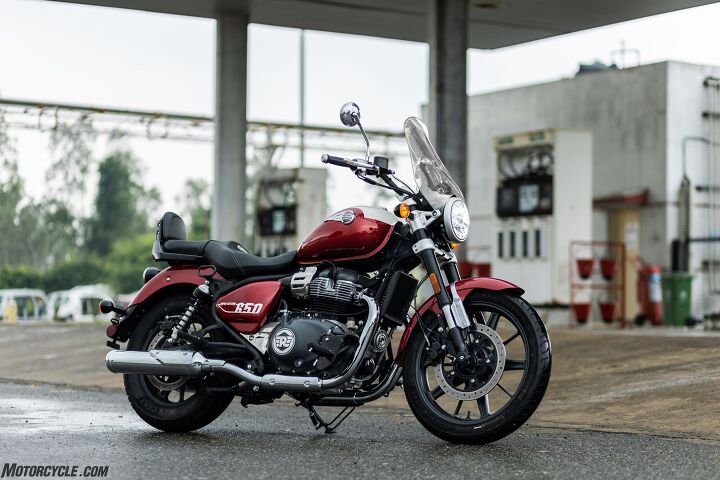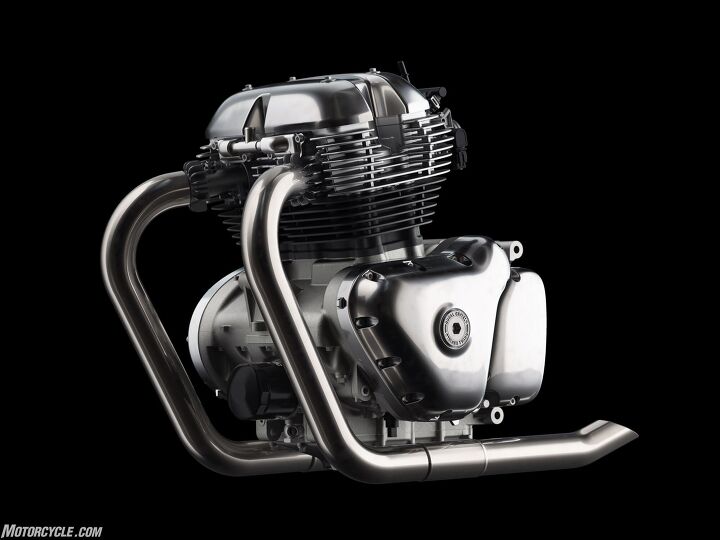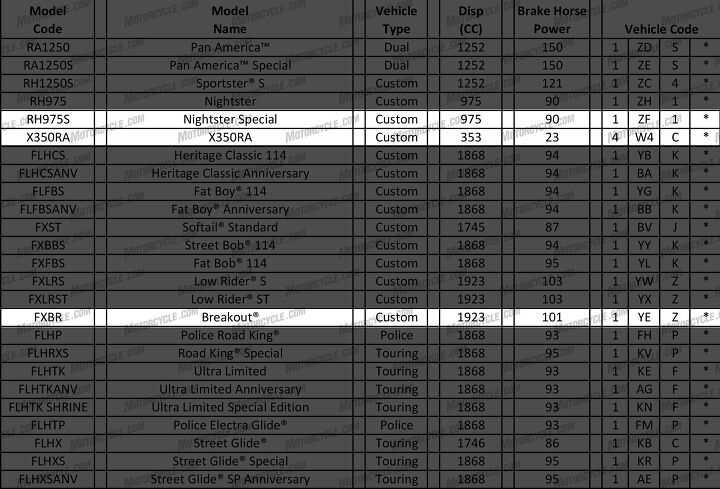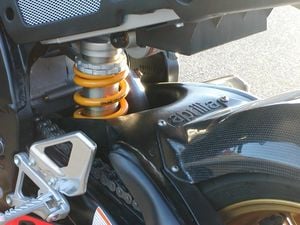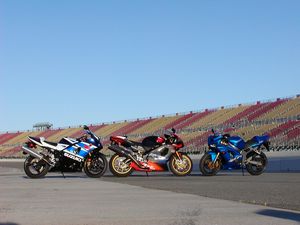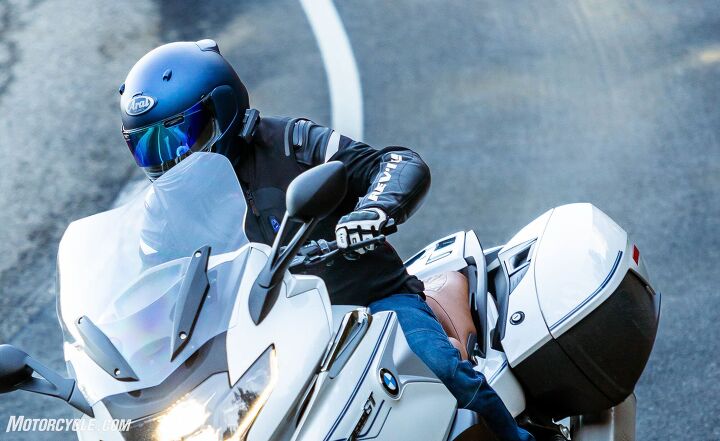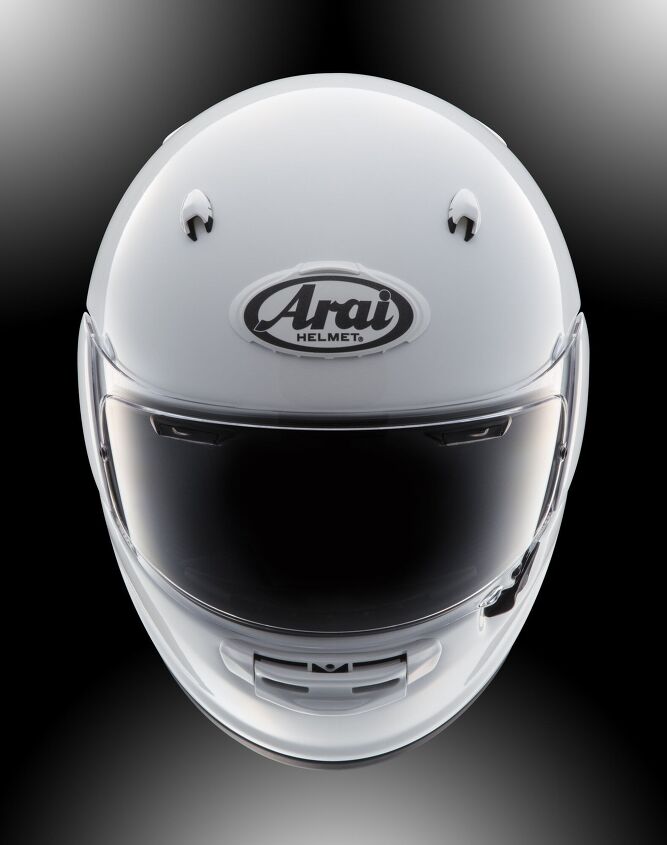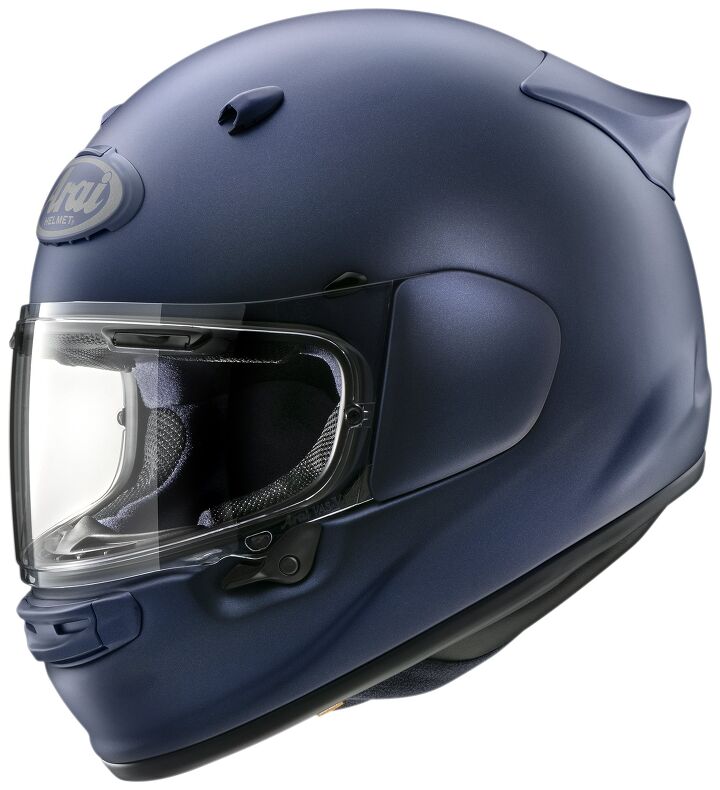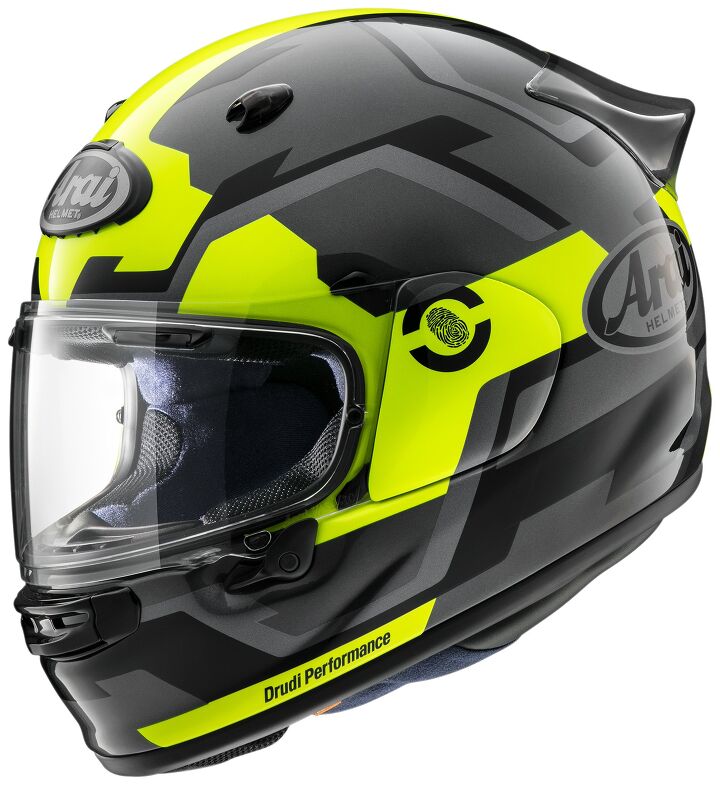I feel like an impostor in this jacket, really. I only rode in it in the rain once, and only for about a half hour. I stayed warm and dry, but the temperature was only in the low 50s F. Plus, I was behind a nice big fairing. I really can’t speak to how it would work for you Duluthians and people who ride 80 miles to work all winter in freezing sleet on an ‘86 XR600; I can’t even relate. When I moved to SoCal, I laid down one of those Scarlett O’Hara dictums: I swear, as God is my witness, I’ll never be cold again!
Spidi 4 Season H2Out Evo Jacket
A tough nylon outer shell, a removable rainproof liner, and a thermal one add up to a jacket you can ride in year-round (depending on where you’re riding).
| Aesthetics | 8.5/10 | Protection | 8/10 | Comfort | 9.25/10 |
| Value | 7.5/10 | Weight | 9.5/10 | Innovation | 9/10 |
| Quality | 9/10 | Options | 9/10 | Weather | 9.5/10 |
| Desirability | 9/10 | Editor Score: 88.25 % |
| + HighsOutstanding ventilation adjustment rangeLots of size adjustment for layering underneath or notGood arm and shoulder armor as delivered, and several more options available | – SighsBack and chest protectors will run you a few dollars moreWouldn’t an external waterproof layer make more sense?A water bladder pocket somewhere would be nice… |
I was wrong of course., I’ve been cold and wet plenty of times in California, but seldom really freezing cold, like this time. Spidi calls this H2Out Evo the 4 Season, and I can see it, just as long as that fourth season isn’t too extreme. It’s all possible through the miracle of layers. This jacket has three of them: a “high-tenacity Extra Tenax 3-layers nylon 6.6” outer layer, a removable breathable and waterproof “2°layer H2Out lining,” and another removable, 100-grams of puffy stuff per square-meter thermal lining for warmth.
The thermal liner looks almost like my expensive Patagonia puffer… too bad there’s no handwarmer pockets though.
Variable conditions
You can wear one or both liners inside the jacket, of course, as conditions dictate. When you’re not wearing the liners, it’s easy to stick one, but not both, into the big pocket at the lower back of the jacket. On cold wet days, it makes sense to just keep the thermal liner zipped onto your body and snap the rain liner into the jacket, which you can then whip on and off as a unit.
The waterproof liner goes right beneath the outer shell, natch.













